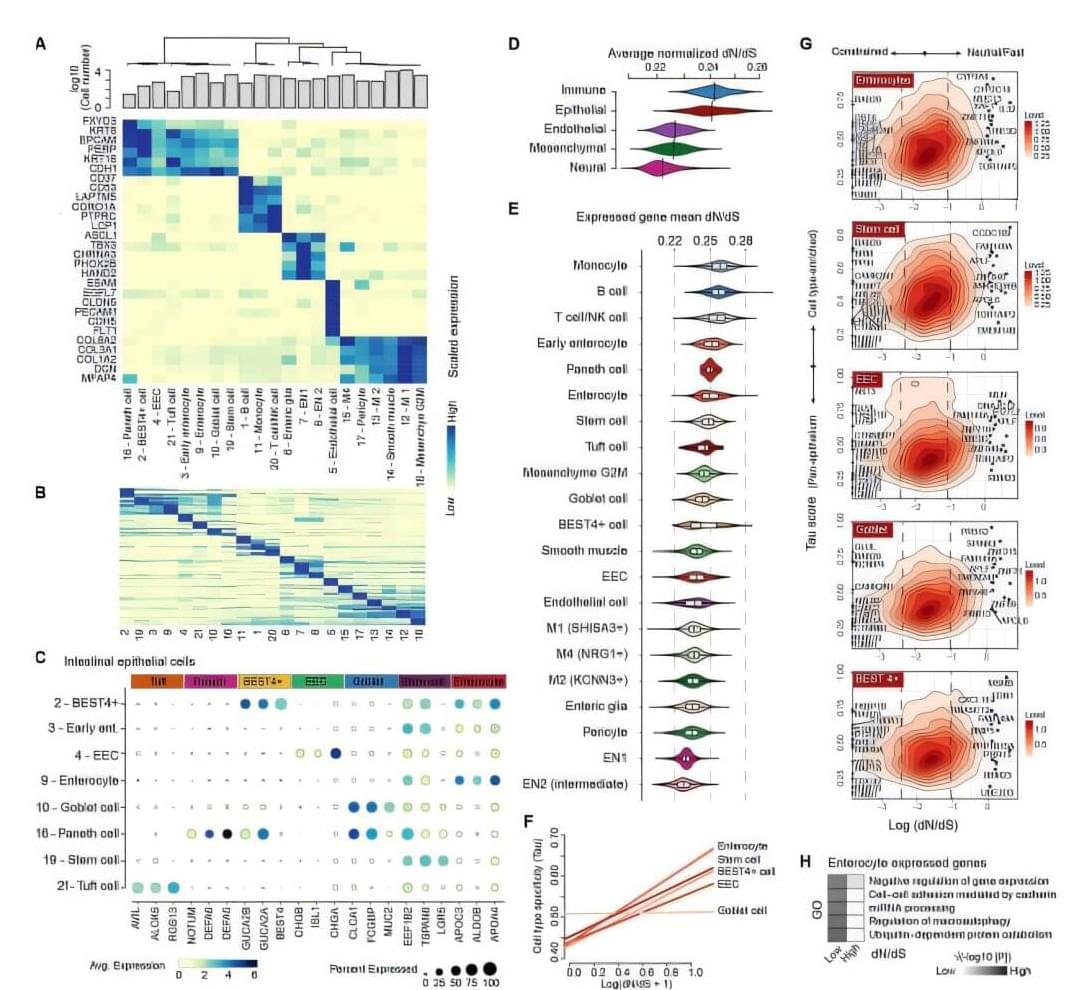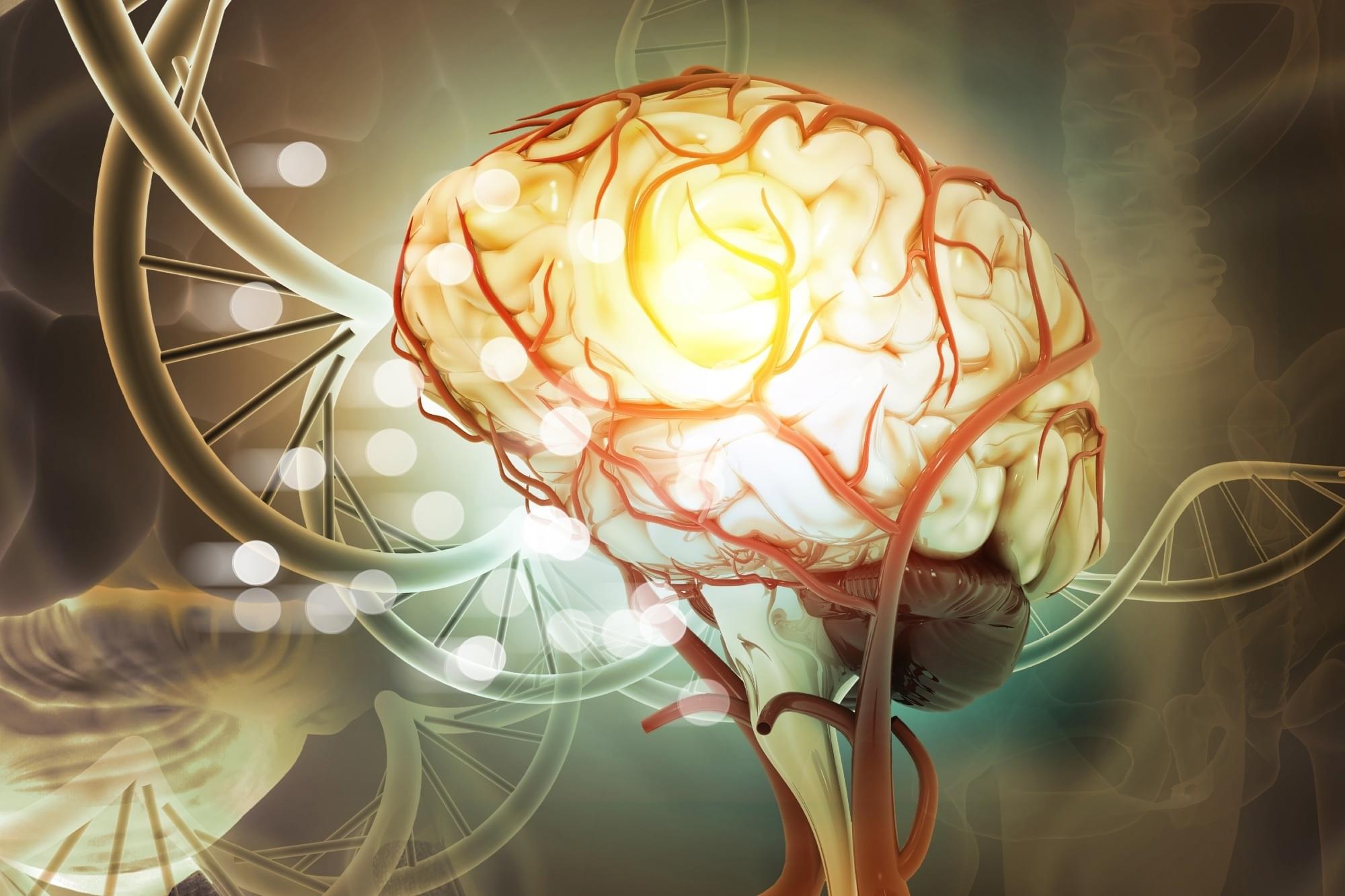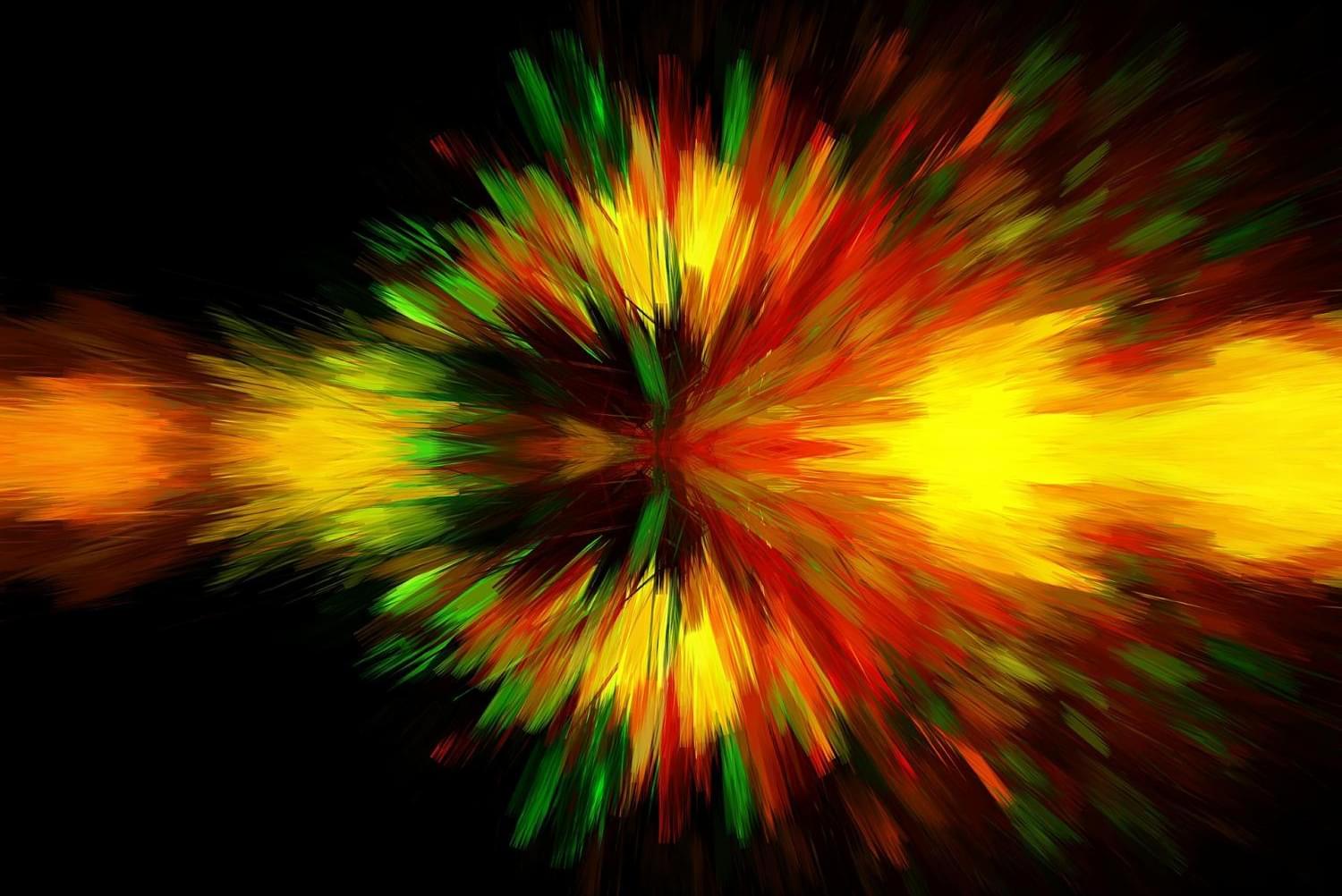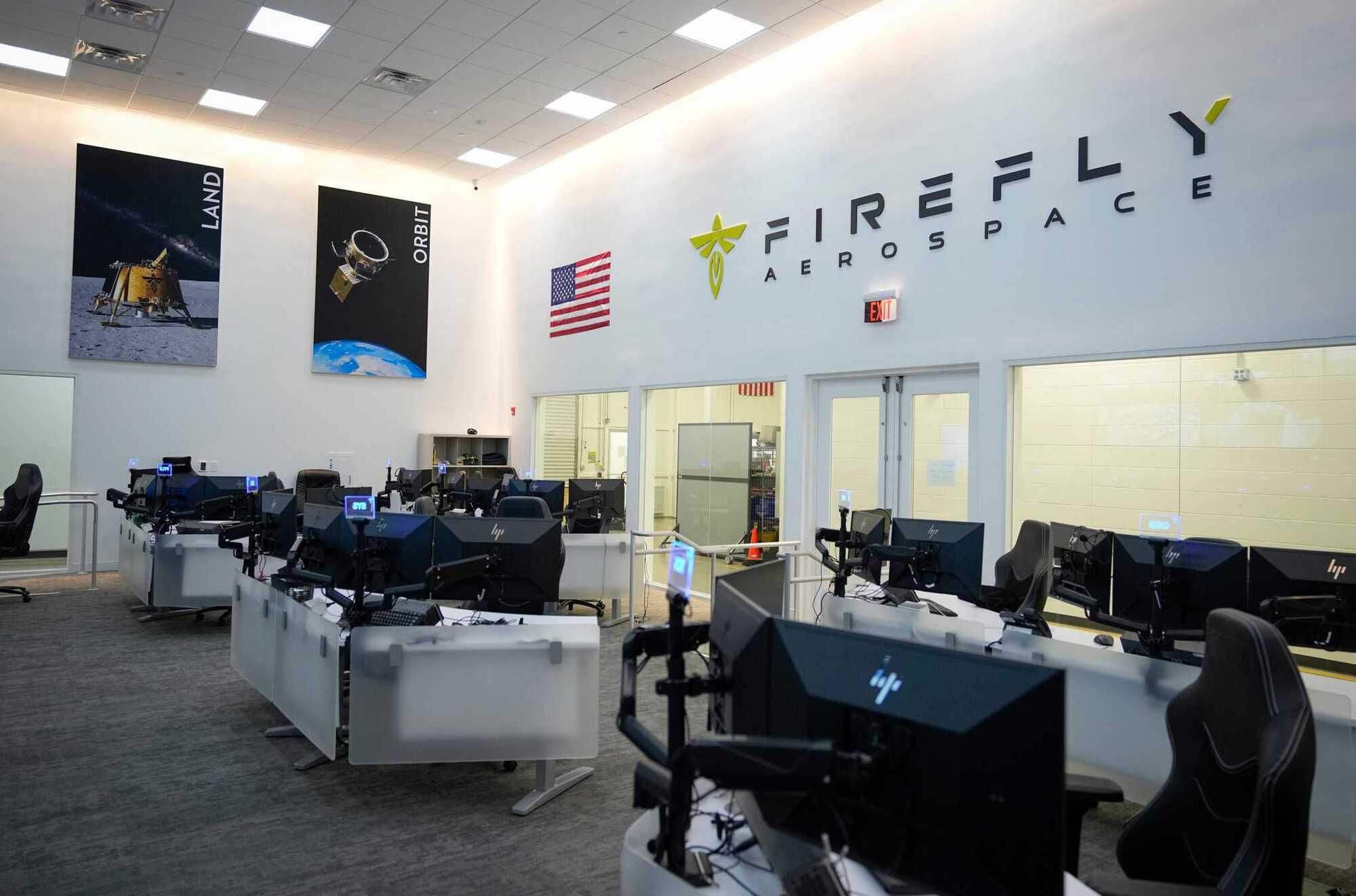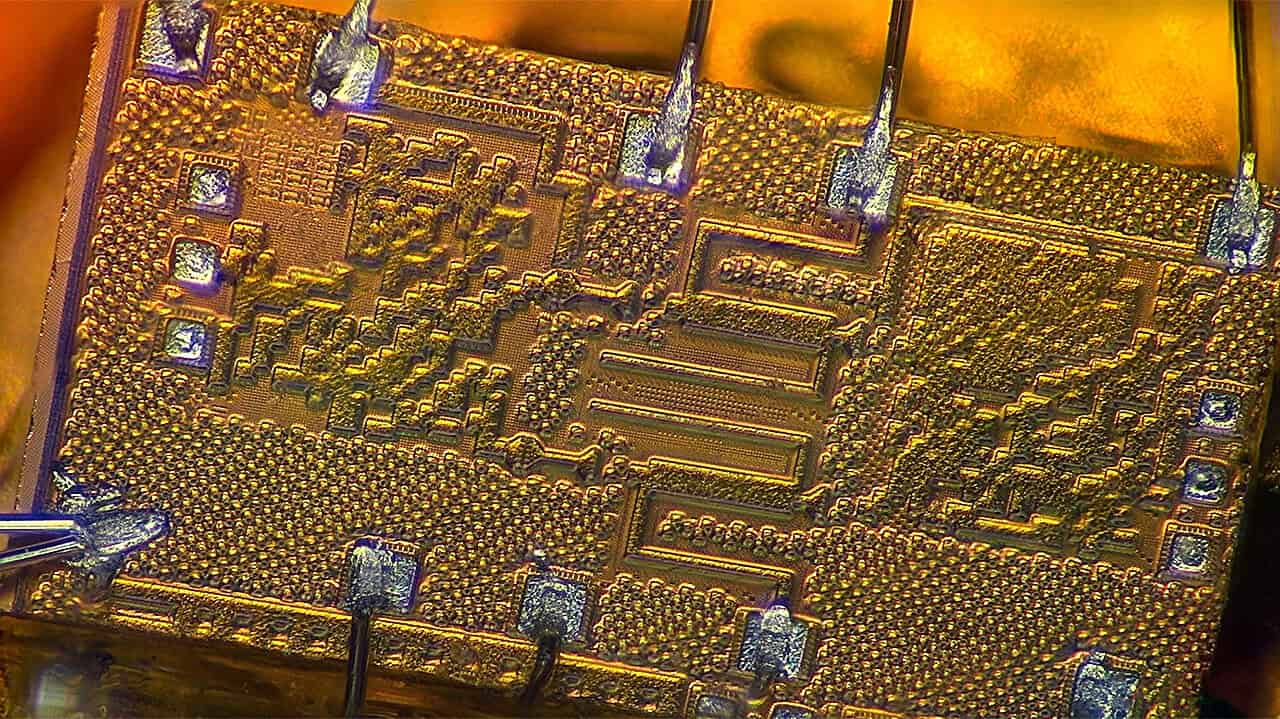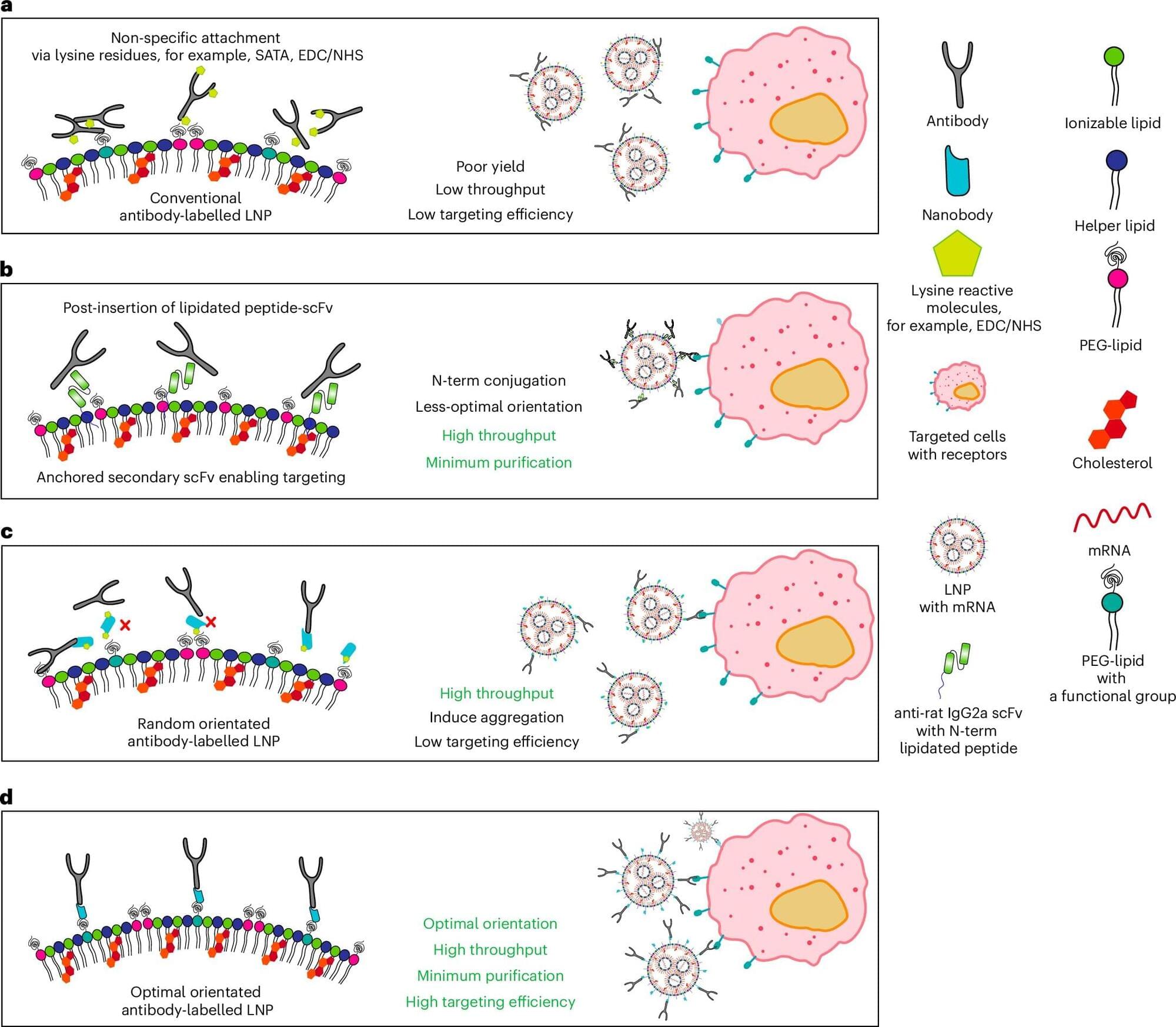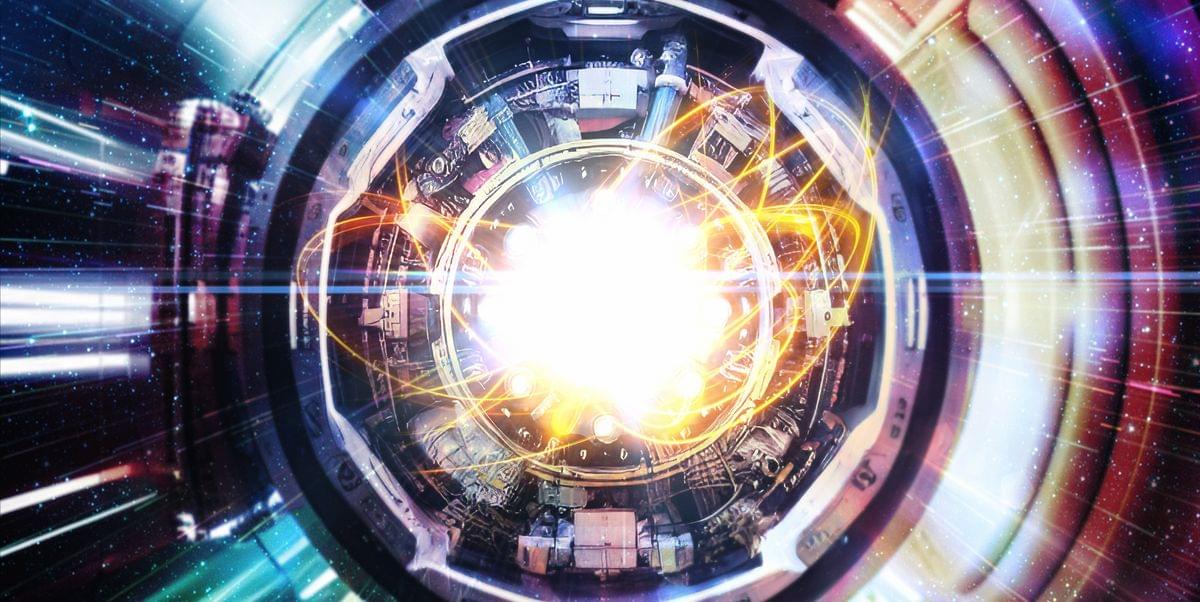Research from an international team finds that the human gut is a site of rapid change, with recent and important deviations from other mammals, including our closest living relative, the chimpanzee.
Led by Gray Camp, Ph.D., of Roche Innovation Center in Basel, Switzerland; Jason Spence, Ph.D., of the University of Michigan and Craig Lowe, Ph.D., of Duke University, the team used stem cells to create human, chimp and mouse intestinal organoids—tiny models of the intestine that offer an unprecedented glimpse into the development of the small intestine.
The work was published in the journal Science.
